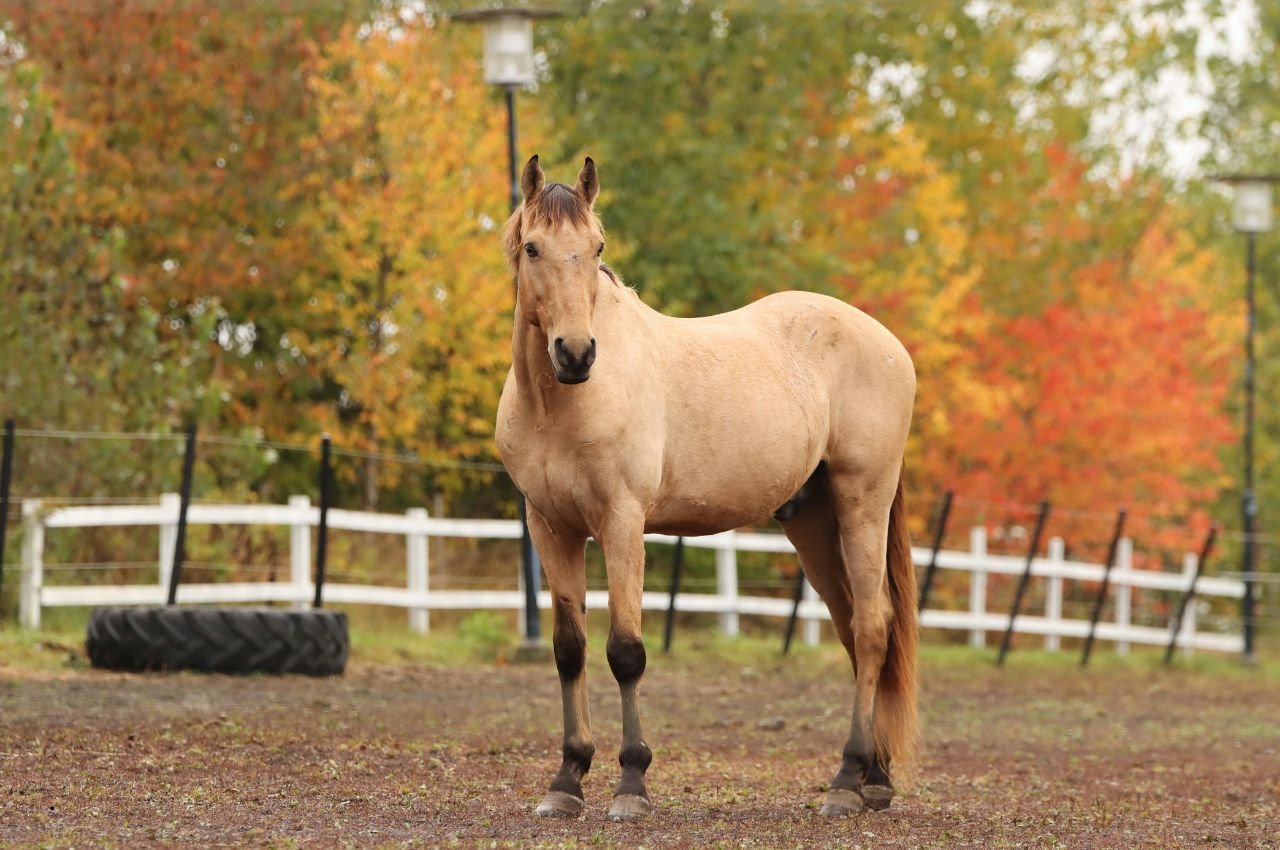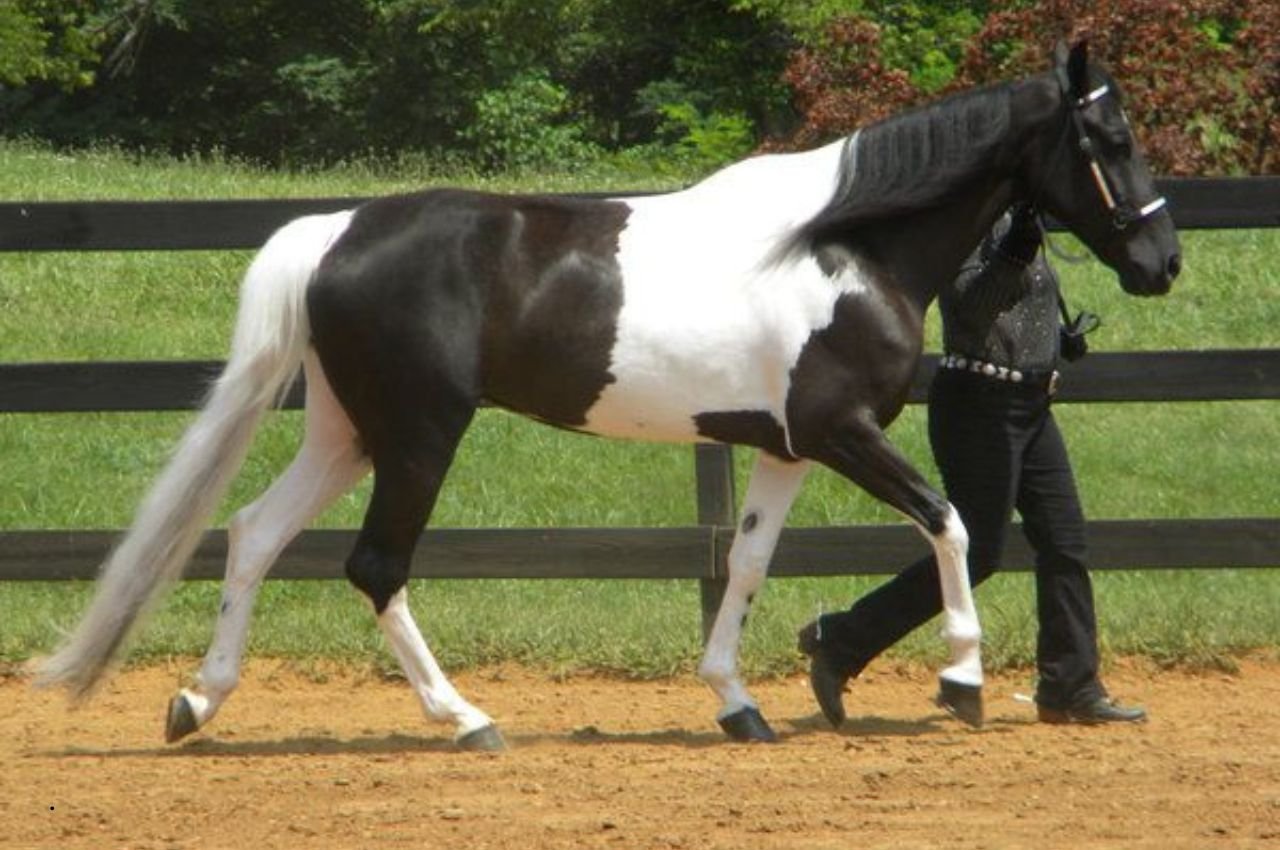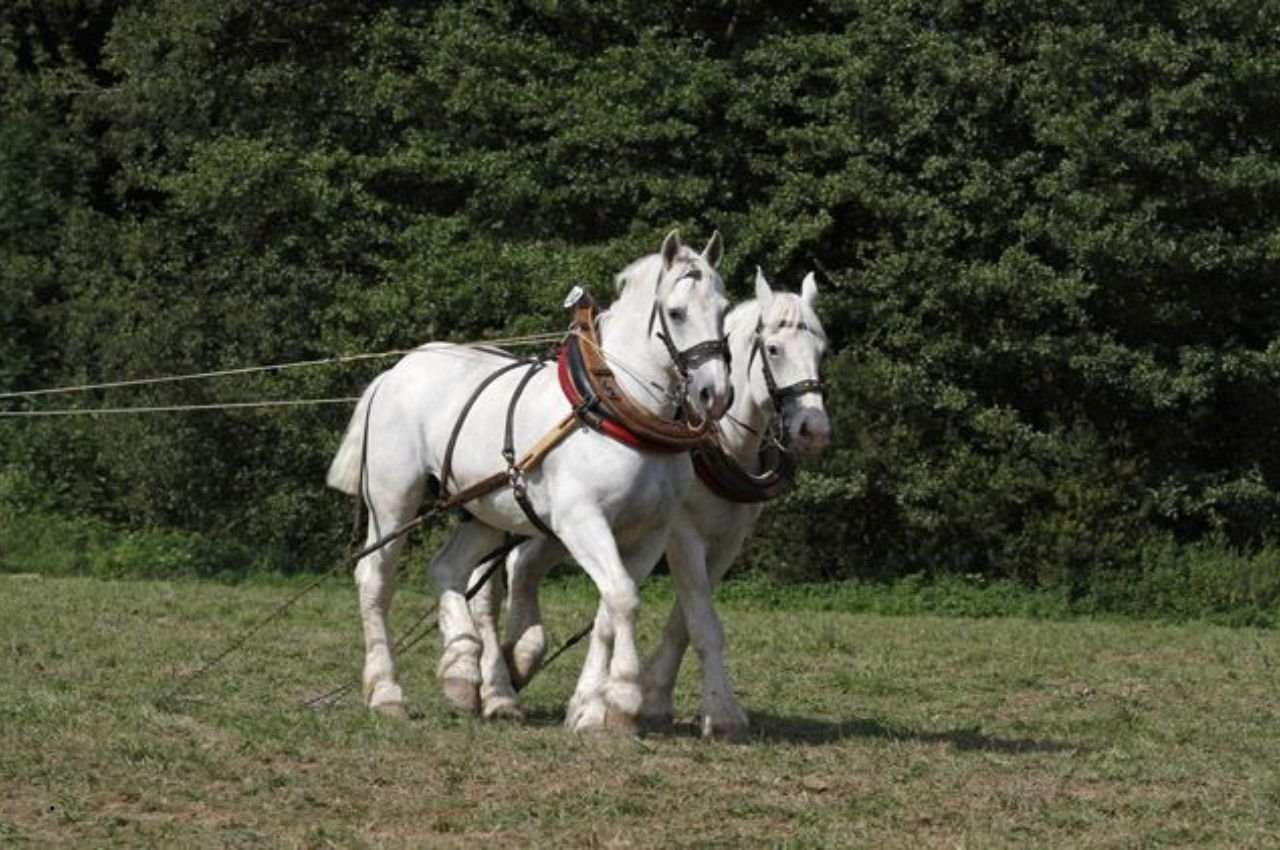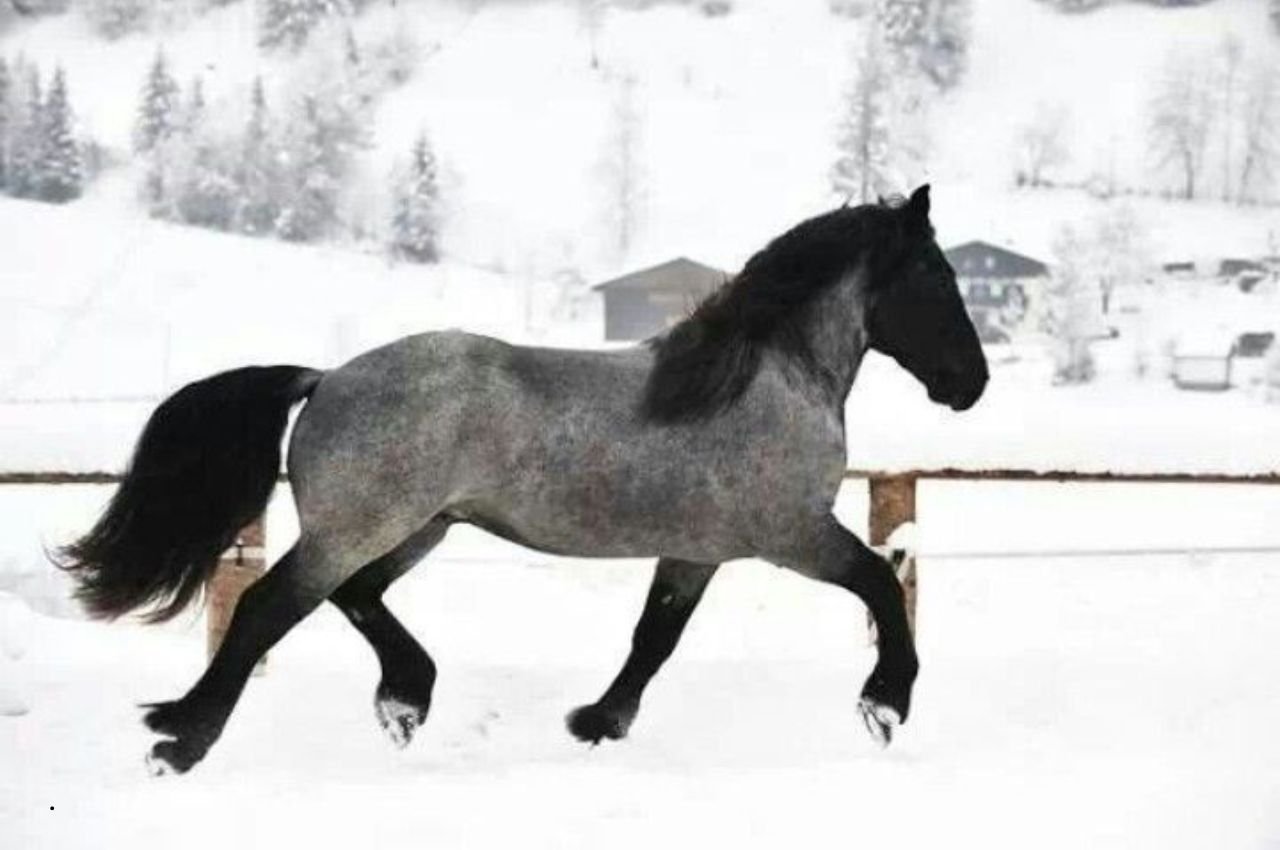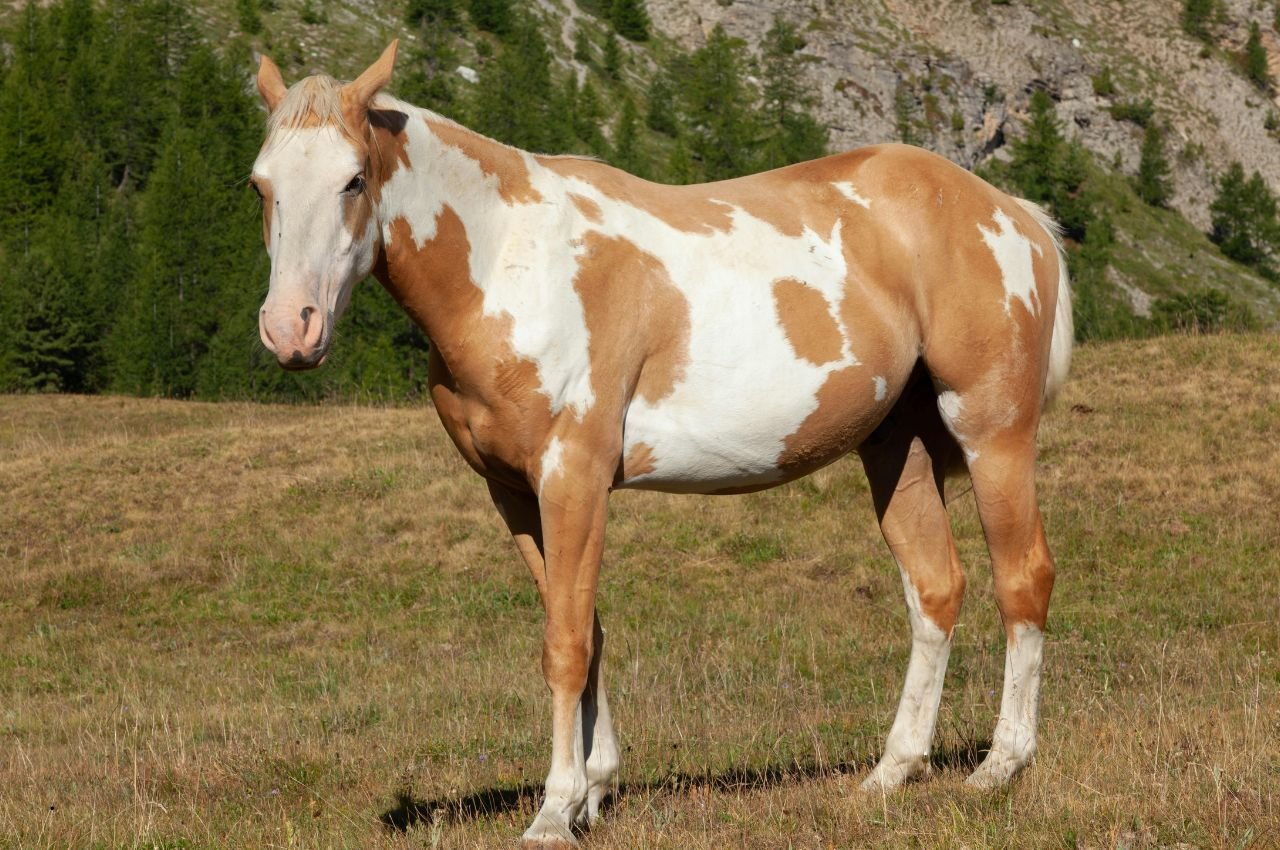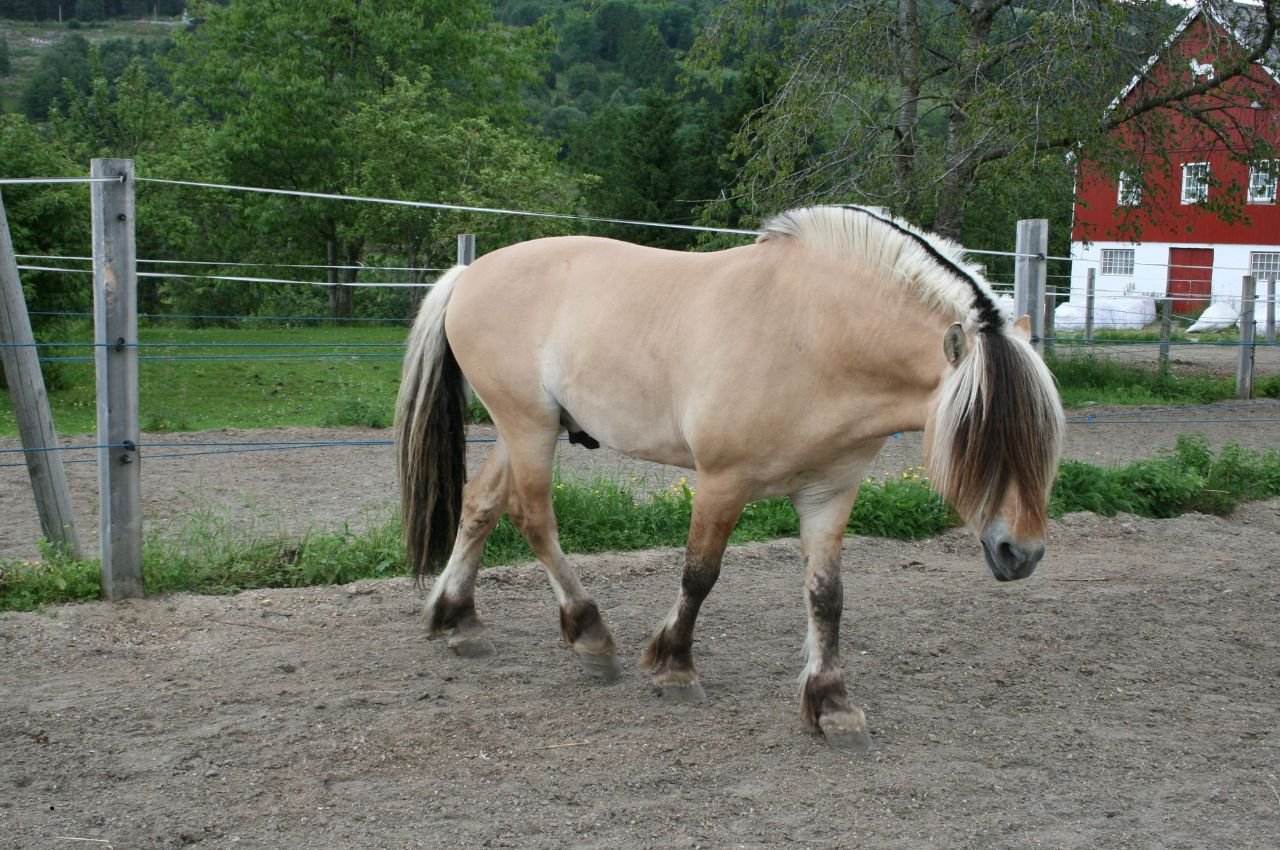The health of a horse’s hooves is crucial to its overall well-being. Hooves are like the foundation of a building; if they’re strong and healthy, the entire structure can stand firm. But if they become compromised, it can lead to a range of issues, from lameness to serious infections. As horse owners or caretakers, maintaining proper hoof health is a responsibility that shouldn’t be taken lightly.
In this blog post, we’ll dive into the importance of hoof care and provide you with six tips to ensure your horse’s hooves stay in top condition.
1. Regular Hoof Cleaning
One of the simplest yet most vital aspects of hoof care is keeping the hooves clean. Cleaning a horse’s hooves is a daily routine that should never be overlooked. The accumulation of dirt, debris, and manure in the hooves can lead to infections, such as thrush, or cause irritation to the sensitive structures inside the hoof.
How to Clean a Hoof:
- Use a hoof pick to gently lift and remove debris from the sole, frog, and heel areas.
- Check for any signs of injury, cracks, or abnormalities as you clean.
- Be careful not to scratch too aggressively, as this can harm the delicate tissue inside the hoof.
Cleaning hooves should ideally be done before and after each ride or turnout session, especially if the horse has been in a muddy or rocky environment.
2. Regular Farrier Visits
A farrier is a professional who specializes in trimming, shoeing, and maintaining the health of horses’ hooves. Having a farrier visit every 6-8 weeks is essential to keep hooves properly shaped and balanced. Overgrown hooves can lead to a number of issues, including pain, lameness, and difficulty in movement.
Why Regular Farrier Visits Matter:
- Hoof Trimming: Just like human nails, a horse’s hooves grow continuously. If left unchecked, they can become too long or uneven, leading to issues like hoof cracks or joint stress.
- Horseshoes: If your horse is shod, a farrier will help ensure that the shoes fit correctly and are replaced regularly to avoid discomfort or injury.
- Inspection: A farrier can also detect early signs of infections, hoof imbalances, or abnormalities that you might not be able to spot on your own.
3. Proper Nutrition
The condition of a horse’s hooves is often a reflection of its diet. Hooves are made primarily of keratin, a protein, so a balanced diet rich in nutrients is critical for their growth and strength. Lack of proper nutrition can lead to brittle hooves, cracks, and other health issues.
Key Nutrients for Hoof Health:
- Biotin: This vitamin B-complex is essential for healthy hoof growth. Supplementing with biotin can promote stronger hooves and reduce brittleness.
- Copper & Zinc: These minerals play a role in the formation of keratin and collagen, which are necessary for strong hooves.
- Protein: Horses that don’t get enough high-quality protein in their diet may suffer from poor hoof growth and brittle hooves.
A high-quality hay or pasture, along with grain or supplements specifically formulated for hoof health, can help support your horse’s overall hoof condition.
4. Provide Adequate Turnout and Exercise
Regular turnout and exercise are not only great for your horse’s overall fitness but are also beneficial for hoof health. Horses that are kept in stalls for extended periods may experience weaker hooves due to the lack of natural wear and tear. On the other hand, horses that are exercised regularly on hard, dry surfaces will naturally trim their hooves and keep them in better condition.
Why Turnout Helps:
- Natural Hoof Wear: When a horse walks or trots on natural surfaces like dirt, grass, or gravel, the hooves gradually wear down. This helps prevent overgrowth and keeps them well-shaped.
- Improved Blood Circulation: Movement encourages blood flow to the hooves, which is essential for healthy tissue development and hoof growth.
- Stress Relief: Physical activity helps relieve stress, which can positively impact your horse’s overall health, including hoof condition.
5. Monitor Hoof Conformation and Wear Patterns
Understanding your horse’s hoof conformation and wear patterns is essential in maintaining healthy hooves. Conformation refers to the shape, alignment, and structure of the hoof, and these factors can influence the way a horse moves and wears its hooves.
Key Factors to Watch:
- Uneven Wear: If your horse’s hooves are wearing unevenly, it could indicate issues with their gait, lameness, or improper trimming.
- Cracks or Chips: Cracks can indicate overgrowth, poor diet, or an imbalance in the hoof. These should be addressed promptly by your farrier.
- Cupping or Flattening: A cupped hoof can indicate overgrowth or an imbalance, while a flat hoof may be a sign of excessive wear or poor nutrition.
6. Protect Against Environmental Factors
Environmental factors, such as wet or muddy conditions, can wreak havoc on a horse’s hooves. Moisture can soften the hooves, making them more prone to cracking, infections, and diseases like thrush. Conversely, dry and hard conditions can lead to brittle hooves that are susceptible to breakage.
Tips for Hoof Protection:
- Pick Hooves After Wet Weather: If your horse has been in a muddy or wet area, make sure to clean its hooves thoroughly to remove any mud and debris.
- Use Hoof Oils or Conditioners: In dry conditions, using a hoof oil or conditioner can help prevent hooves from becoming too dry and brittle.
- Consider Boots or Shoes: If your horse frequently works on rough terrain or has sensitive hooves, using hoof boots or shoes can offer extra protection.
Conclusion
Healthy hooves are the cornerstone of a healthy horse. By following these six tips—regular hoof cleaning, farrier visits, proper nutrition, adequate exercise, monitoring hoof wear patterns, and protecting against environmental factors—you’ll ensure that your horse’s hooves remain in top shape. Remember, consistent hoof care and attention to detail will not only prevent potential issues but also improve your horse’s overall comfort, performance, and longevity.
Do you have any hoof care tips or experiences to share? Let us know in the comments below!


